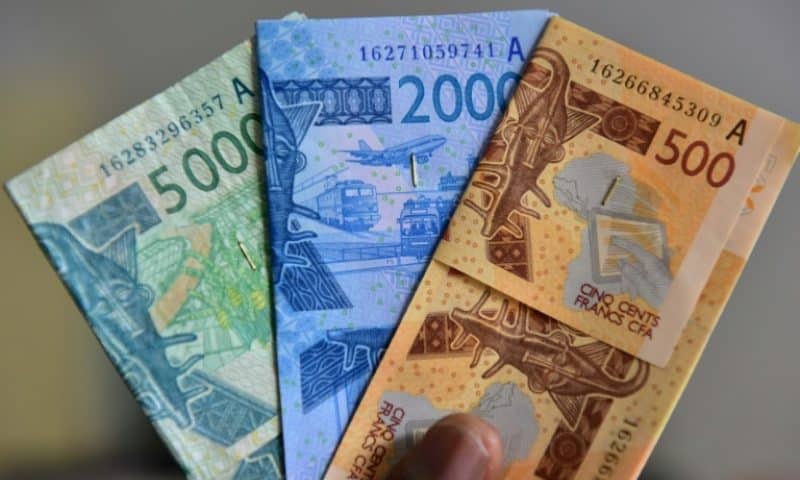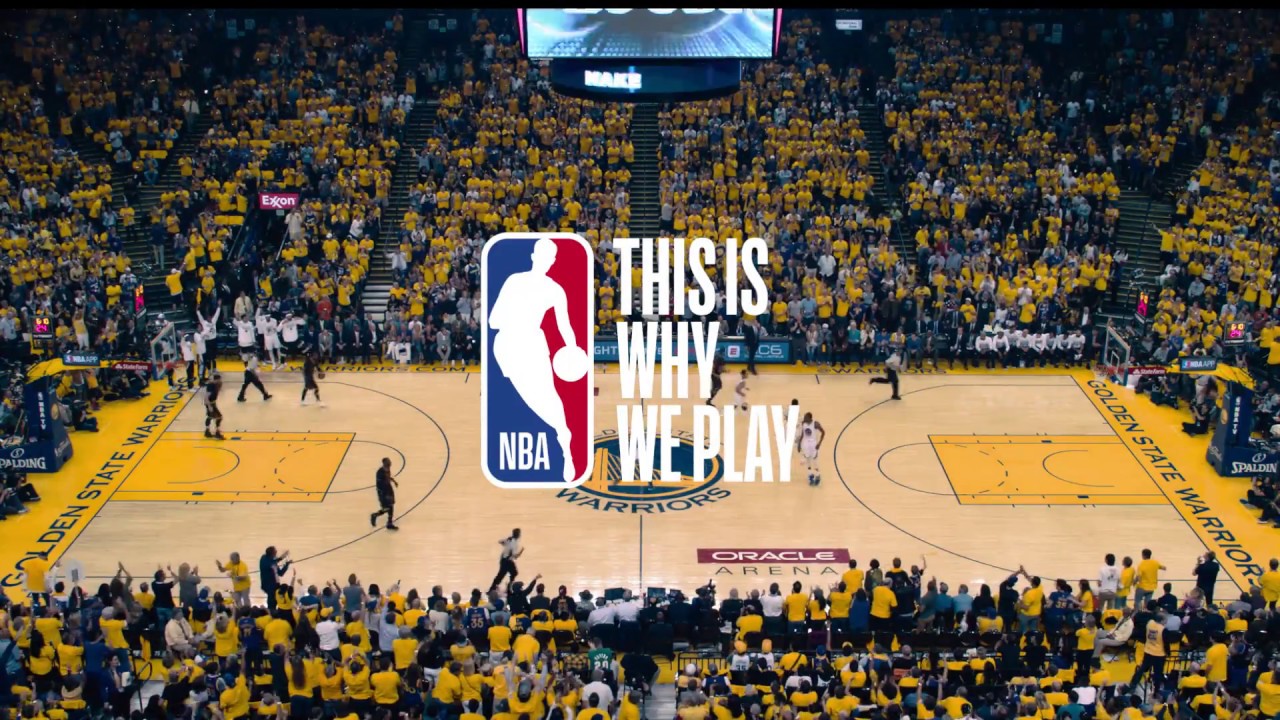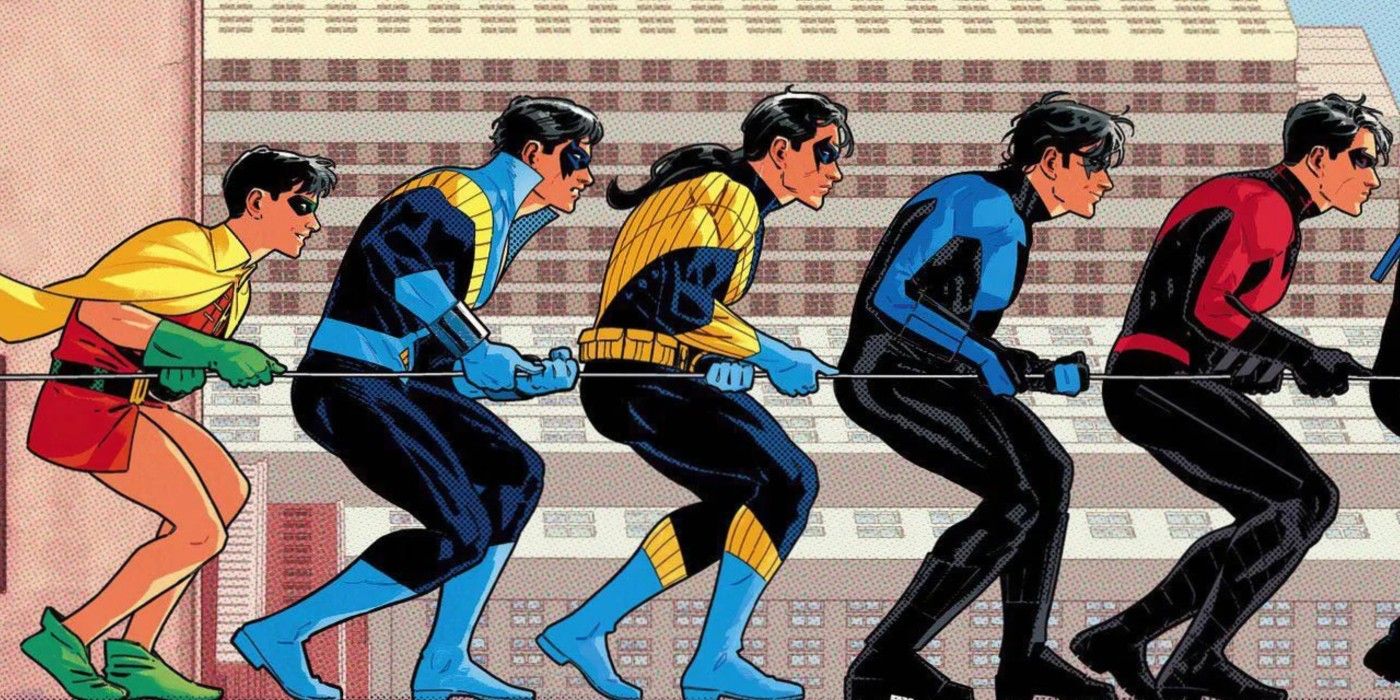How The Pope Is Chosen: A Guide To The Conclave

Table of Contents
The Papal Election Process: Steps Towards a New Pope
The path to a new papal election begins with the death or resignation of the reigning Pope. This moment initiates a period known as sede vacante (the vacant see), a time of transition and preparation for the Conclave. Several key stages precede the actual Conclave:
- The Announcement: The death or resignation of the Pope is officially announced, typically from the balcony of St. Peter's Basilica, marking the beginning of the interregnum.
- Gathering of Cardinals: Cardinals from around the world, eligible to vote, converge on Rome. Their presence signifies the commencement of the process leading up to the Conclave.
- Sede Vacante Period: This period is crucial. The College of Cardinals assumes governance of the Church, managing its affairs until a new Pope is elected. Various preparations for the Conclave, including logistical and security arrangements, take place during this time.
- Conclave Preparation: The cardinals' accommodation, the Sistine Chapel's preparation, and the establishment of security protocols are all essential aspects of this final phase before the start of the Conclave itself.
The Role of the Cardinals in Choosing the Pope
The College of Cardinals, a group of high-ranking clergy appointed by the Pope, holds the power to elect a new Pontiff. Their role in the papal election is paramount.
To be eligible to participate in a Conclave and vote for the next Pope, a Cardinal must meet specific requirements, primarily being under the age of 80. This ensures a balance between experience and the capacity for long-term leadership.
During the Conclave, Cardinals bear significant responsibilities:
- Absolute Secrecy: Maintaining the utmost secrecy is crucial to ensuring an unbiased election process. Information about discussions, votes, and candidate preferences must be strictly confidential.
- Spiritual Practices: Daily Masses and personal reflection are part of the cardinals' routine, emphasizing prayer and spiritual discernment in their decision-making.
- Voting and Counting: The cardinals cast their votes, and a complex process of counting and verification ensures the integrity of the election.
The Conclave: Secrecy, Tradition, and the Election
The Conclave traditionally takes place within the Sistine Chapel in the Vatican Palace. This iconic space has witnessed countless papal elections throughout history, imbuing the process with a profound sense of tradition.
The voting process involves secret ballots, meticulously counted and then burned. The smoke emerging from the chimney signals the outcome of each round of voting:
- Black Smoke: Indicates that no candidate has reached the required two-thirds majority.
- White Smoke: Announces that a new Pope has been elected.
Other key elements of the Conclave include:
- "Habemus Papam!": The announcement of "We have a Pope!" from the balcony of St. Peter's Basilica signals the end of the Conclave.
- First Papal Appearance: The newly elected Pope then makes his first public appearance, offering blessings to the world.
- Papal Name Selection: The selection of a new papal name holds significant symbolic meaning, often reflecting the new Pope's vision and priorities.
History and Evolution of Papal Election
The methods of papal election have evolved significantly throughout history. Early elections were often influenced by political factors and factionalism, lacking the structure and formality of the modern Conclave.
- Early Methods: Initially, the election of the Pope was less formalized, sometimes involving the Roman clergy and people.
- Establishment of the Conclave: The Conclave, as a formal process, gradually emerged over centuries, aiming to improve the impartiality and transparency of papal elections.
- 20th and 21st Century Reforms: Significant reforms in the 20th and 21st centuries streamlined the process, enhancing security and reducing the potential for outside influence.
Understanding the Significance of Papal Elections
The election of a new Pope has global repercussions. It impacts not just the Catholic Church but also international relations and global politics. The theological implications are profound, as the new Pope guides the spiritual lives of billions of Catholics. The political implications are equally significant, given the Vatican's role as a sovereign state.
Conclusion
Choosing a new Pope, a process culminating in the Conclave, involves a meticulously planned series of steps, from the sede vacante period to the final announcement of "Habemus Papam!". The College of Cardinals plays a crucial role, guided by tradition, secrecy, and prayer. The historical evolution of papal elections highlights a continuous effort to refine the process, ensuring fairness, transparency, and spiritual discernment. To deepen your understanding of how the Pope is chosen, explore official Vatican resources or reputable sources. Search for terms like "Papal election history," "Cardinal electors," or "Conclave rules" to further your knowledge of this fascinating process.

Featured Posts
-
 Steelers Wide Receiver Future Uncertain After Team Decision
May 07, 2025
Steelers Wide Receiver Future Uncertain After Team Decision
May 07, 2025 -
 Destacadas Actuaciones De Las Laguneras En El Torneo De Simone Biles
May 07, 2025
Destacadas Actuaciones De Las Laguneras En El Torneo De Simone Biles
May 07, 2025 -
 Anthony Edwards And Ayesha Howard Alleged Texts Reveal Abortion Discussion
May 07, 2025
Anthony Edwards And Ayesha Howard Alleged Texts Reveal Abortion Discussion
May 07, 2025 -
 55 Points D Ecart L Humilite Imposee Aux Cavaliers Par Le Heat
May 07, 2025
55 Points D Ecart L Humilite Imposee Aux Cavaliers Par Le Heat
May 07, 2025 -
 Analyzing Home Court Advantage In The Warriors Rockets Series
May 07, 2025
Analyzing Home Court Advantage In The Warriors Rockets Series
May 07, 2025
Latest Posts
-
 X Men Rogues Costume Evolution A Surprising Shift
May 08, 2025
X Men Rogues Costume Evolution A Surprising Shift
May 08, 2025 -
 Will Andor Season 2 Be Disneys Best Star Wars Diego Lunas Hints
May 08, 2025
Will Andor Season 2 Be Disneys Best Star Wars Diego Lunas Hints
May 08, 2025 -
 Andor Season 2 Significant Changes Promised By Diego Luna
May 08, 2025
Andor Season 2 Significant Changes Promised By Diego Luna
May 08, 2025 -
 Diego Luna On Andor Season 2 A Star Wars Story That Will Redefine The Franchise
May 08, 2025
Diego Luna On Andor Season 2 A Star Wars Story That Will Redefine The Franchise
May 08, 2025 -
 Path Of Exile 2 Everything You Need To Know About Rogue Exiles
May 08, 2025
Path Of Exile 2 Everything You Need To Know About Rogue Exiles
May 08, 2025
